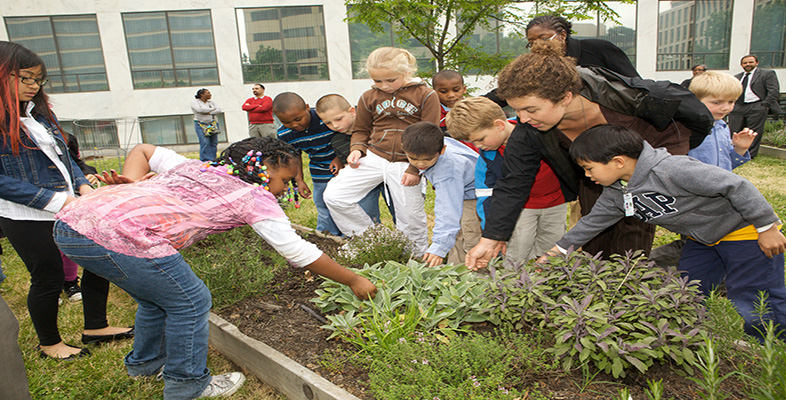1.2 Actions
In Activity 1 below, the purpose is to observe and identify some of the actions or interventions that adults make in their day-to-day work with young people. Some examples of these individual actions are:
-
making contact
-
listening
-
suggesting
-
giving information
-
challenging assumptions.
Click in the box below to start playing the video.
Transcript: Factory clip 1
BACKGROUND CHATTER THROUGHOUT
A chance meeting on the street
The site of the old factory where the project all started
8.13pm: They meet a group of 18-23 year olds in front of the glass factory
8.27pm: Talking to a member who’s going to be youth worker
8.36pm: Debut of a rap written for the local Mela
8.51pm: One of the members raises the issue of homosexuality
9.17pm: Back at the car for the end of session evaluation
Activity 1: The actions we take
Now view the Factory, Clip 1 (above) Here you see three detached youth workers – Andrew, Akkas and Kasem from The Factory project – out on the street making contact with young people.
Make a list of what you observe the workers actually doing. You may need to watch the clip more than once. Make a note of the actions taken by each of the workers.
Alternatively, you may prefer to do this activity in your own workplace. Observe and then list the actions you or your colleagues take in one evening or within a specific activity.
Discussion
Comment
You will not necessarily use the same words as we have to describe the actions you observed the workers taking in this clip. You probably noted, for example, that they were distributing leaflets about future events, and about Eid – a Muslim festival – in particular. Linked to this, there were consent forms to be given out. At other times, Andrew, Akkas and Kasem were simply listening to young people, or finding out about them. More generally, throughout the evening, they were making contact with the young people who were out and about. Later on in the clip, we see Andrew offering to get hold of an application form and then we see Akkas facilitating an informal discussion about sexuality. At the end of the evening, the three workers discuss what they have accomplished and fill out an evaluation form.
In completing Activity 1 you might have wanted to use more than one label for what you saw the workers doing. This is not surprising as there are many ways of describing the same activity, and they often overlap. For example, listening and making suggestions can be ways of showing an interest. Giving certain kinds of information can be part of protecting a young person.
One activity can also serve different purposes. Take, for example, ‘listening’:
-
The police will listen to a young person primarily to elicit information to assist with peace-keeping, community safety and crime detection.
-
A doctor will listen to a young person primarily to make a diagnosis.
-
A counsellor will listen to a young person primarily to help them explore a personal issue.
-
A friend will listen to a young person to show they are a friend, that someone is interested in them and to further their friendship.
As someone working with young people, you may have listened for different purposes – even in the same group meeting. They are not exclusive to work with young people but can be found in other work contexts and also in our personal lives.
